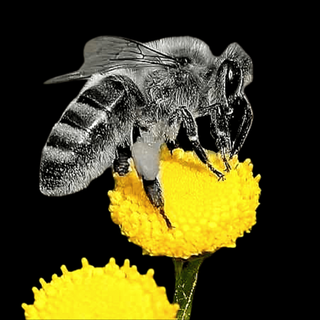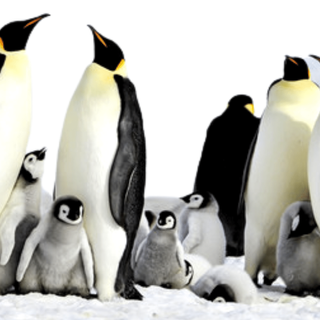Birds have a limited range of taste and smell, so they rely on their vision to navigate. Turns out, their eyes are also windows to their biology and behavior patterns, suggesting where they eat, hunt or mate. And if scientists look closely, they can chart a conservation map for bird species in the future, new research suggests.
Experts have previously focused their attention on beak sizes, movement, or body sizes to explain patterns. But measuring eye sizes has emerged to be a promising trait to study where birds live and could potentially end up. Published in Proceedings of the Royal Society B: Biological Sciences recently, the researchers looked at 2,777 species, about one-third of the world’s bird diversity.
Out of the top five threats to bird species, four have to do with habitat destruction and degradation with agriculture, invasive species, climate change, and logging making up the dreadful mix. The findings in this context offer a new way to direct conservation efforts for about 50 billion individual wild birds — almost six times the number of humans on the planet.
To show how eye sizes can play a role, the researchers measured the sizes and attached light sensors to land-dwelling birds in particular that hunt for food close to the ground — these included more than a dozen species of finches, woodpeckers, and wrens. The idea was to gauge how these birds cope with increased amounts of forest fragmentation.
Some patterns that emerged are: birds with large eyes avoided agricultural fields and preferred diminished forest habitats. Which explains why they also live closer to the equator, where a belt of rainforests creates these habitats. The large eyes help them take in as much light as possible.
Related on The Swaddle:
Earth is Home To 50 Billion Birds, Scientists Find. The Discovery Can Help Conservation Efforts
Moreover, “understory tropical birds may be especially sensitive to fragmentation because they are adapted to dark forested environments and are unable to cope with rapid changes in brightness associated with forest edges and human-modified habitats,” writes Ian Ausprey, author of the published study and a doctoral graduate of the Florida Museum of Natural History’s Ordway Lab of Ecosystem Conservation.
On the other hand, birds that spend more time in the sky had smaller eyes to reduce the glare from light.
“Bright lights can cause something called disability glare,” said Ausprey. “When you shine a light on birds, they change the way they forage.”
Eye sizes were also linked to dietary patterns. Large eyes can help spot preys at a long distance, irrespective of where they live, allowing birds with large eyes to eat insects. Those with small eyes, instead, relied more on nectar, with researchers arguing that they may rely on color of the food rather than the shape.
“All the finches and tanagers and such that eat fruits and seeds tend to have very small eyes.”
Overall, the eye size became a trusty predictor of how birds foraged, their diet and latitude preferences, along with habitat options. The researchers were able to gauge the behavior of birds with 8-28% more accuracy.
The findings tie into future conservation efforts. Information about how birds mate and lay eggs, or even what they eat, can help scientists look for habitat options or preserve areas that shelter spaces. While as of now the findings looked at bird species in Peru, the researchers hope that more research about how eye sizes influence bird behavior can further cement conservation options.
Alas, birds remain critical components of the ecosystem. They help keep the climate stable, oxygenate the air and transform pollutants into nutrients. “As birds are high up in the food chain, they are also good indicators of the general state of our biodiversity. When they start disappearing, it means that something is wrong with our environment and that we need to take action,” the European Commission noted.




